1979 Porsche 911 SC 935 Racecar Conversion JOHN PAUL JR/SR
1979 Porsche 911 for sale in Costa Mesa, California, United States
| Condition: | Used |
| Item location: | Costa Mesa, California, United States |
| Make: | Porsche |
| Model: | 911 |
| Type: | Coupe |
| Year: | 1979 |
| Mileage: | 68,127 |
| VIN: | 9119201253 |
| Color: | White |
| Fuel: | Gasoline |
| Transmission: | Manual |
| Interior color: | Tan |
| Vehicle Title: | Clear |
| Want to buy? | Contact seller! |
Description for Porsche 911 1979
This is one of only three ever built by successful IMSA racers John Paul, Sr., and John Paul, Jr., and severed as the younger Paul's street car. Called the J.L.P.-935, the bodies for these cars were handmade of Kevlar and aluminum-reinforced fiberglass. We have full documentation on the vehicle including classic family photos and service records.This car is fully street legal and about 200 pounds lighter than a stock 911 SC, making it a competitive candidate for vintage and historic racing, or simply a wonderful sports car to enjoy on the road. It is an ideal combination of legendary Porsche reliability and advanced aerodynamics.Porsche began building their iconoclastic sports cars in a converted sawmill in Gmund, Austria, in 1948 using Volkswagen engines and suspension.After moving to Zuffenhausen, West Germany in 1950, by 1951 the early 356-series cars were being offered in 1,300 cc and 1,488 cc versions in place of the original 1,086 cc unit. Porsche's early success was based on demand of the Ú.S. market, and by 1956 a 1.6-liter flat four had replaced the 1.5. With various tweaks and improvements, the 356s were built through late 1964 when they were replaced by the evergreen 911. The 911 has gone through numerous updates, improvements and modifications during its 40-plus years of production, and has enjoyed countless competition successes throughout the worlds of racing and rallying, including multiple wins at LeMans and Daytona. Today it remains one of the most prestigious and sought-after thoroughbred sports cars currently in production.
Porsche's SC series first appeared in 1978. The 3-liter engine was about 10% larger in capacity than its predecessor was. Larger crankshaft bearings were installed to absorb the extra power, and an aluminum crankcase replaced the 2.7's magnesium case. Power brakes became the standard and the port-of-entry price jumped from the SC's $14,995 to $19,500.Source - Gooding & CompanyIn 1976, Porsche introduced a racing version of the Porsche 930/911 Turbo which they dubbed, the 935. It was designed for FIA-Group 5 competition and was constructed in similar fashion to the Porsche 934, which was used in Group 4 competition.
The works team, with sponsorship by Martini, entered the 935 in the FIA World Championship for Makes with team drivers, Jacky Ickx and Jochen Mass in one car and Rolf Stommelen and Manfred Schurti in another car. The Porsche 935 was an evolutionary process, as its original nose was later replaced with more aerodynamic versions better suited to high speed competition. The bodywork changed and a large wing was added to the rear of the vehicle. The rear fenders were expanded and the car was given a wider axle. The Porsche 935 won all of the major endurance races that included LeMans, Nurburgring, Daytona, Sebring, and Watkins Glen.
Group 4 competition was created for production-based GT cars and the Group 5 was for race cars based on production models. For the 1976 season, the FIA declared that the World Champion of Makes would be won from the Group 5 class, which Porsche won with their 935.
For the 1977 season, the Porsche 935's were sold to privateer teams, such as Georg Loos and Kremer Racing. The single turbo was replaced by two KKK units and the body was again changed. The privateers were using the older cars while the factory raced with the newer machines. This left the privateers unhappy, but since the Porsche 935/77 machines were not as reliable, they could be beaten.
For 1978, the famous 'Moby Dick' styling of the Porsche 935 appeared. The Porsche 935/78 had a long tail, and a frontal area that had been lowered by 10cm. The car had been optimized for low drag and its appearance earned it the nickname, Moby Dick. Powering these cars were a 3.2-liter, water-cooled, four-valve cylinder head engine capable of generating 895 horsepower. The cars reached speeds of 360 km/h at LeMans and were capable of passing the prototype cars such as the Renault and their own Porsche 936.
Throughout the seasons, the FIA, SCCA, IMSA, and CSI continued to modify the rules, which had the teams struggling to maintain a compliant group of cars. The 935, over the years, came in many different configurations powered by a wide variety of engines that included a 2.0-, 2.2-, 3.0-, and 3.2-liter size.
Factory development of the 935 slowed and eventually stopped, and tuner development continued where they left off. The most famous iteration came from Kremer Racing of Cologne, Germany. They were powered by twin-turbocharged 3.2-liter six-cylinder engine capable of producing 740 horsepower.
In 1982, the FIA discontinued Group 5 competition. The 935 continued its racing career in the IMSA GTP category. They continued to race until 1986, though their racing career had ended in 1984. Privateers entered the car in 1985 and for two races in 1986.
From 1976 through 1984, the Porsche 935 won over 150 races which includes over twenty class victories. The 935 was the overall victor at the 24 Hours of LeMans, the 12 Hours of Sebring, and the 24 Hours of Daytona.
By Daniel Vaughan | Apr 2007A development of the 935/77 racer, the Porsche 935/2.0 Baby was built late during 1977. Both of these vehicles were very highly modified Group 5 racing versions of the road going 911. Beginning in the mid 1970's, a silhouette vehicle, the original 935s bore a close resemblance to the 911 Turbo Carrera. As the development on the 935 progressed, a bit of freedom was taken with the CSI regulations in which an allowance had been made for modifications to the front fenders. As a way to incorporate larger wheels and tires, the rule was that ‘the material and shape of the fenders is free'.
The 935 was then modified so that it didn't feature the near vertical headlamp housings, a feature that was unmistakably a 911 characteristic. Completely new fenders that now curved in unison with the shape of the bonnet replaced the housings. These new fenders improved the airflow at the front of the car, and multiplied the downforce significantly. Now incorporated into the front air dam, the headlamps were positioned more effectively, and coincidentally, in a more elegant placement.
The dominant vehicle in endurance races of the World Championship for Makes, the Porsche 935 was the prime factor in Porsche's success from 1976 through 1981. Porsche made the monumental decision to leave the battle for this World Endurance Championship for Makes to focus instead on their private tuners and customers with the only exception that the 935 would be entered once more in the 1978 24 hours of Le Mans.
The radical looking first version of the 935/78 was a product of a broached idea by Norbert Singer, the Porsche factory team's chief engineer. His plan involved cutting the side panels of their front-engined vehicle to allow the exhaust to run through. Singer presented this idea at a meeting of the FIA Technical Commission during the end of 1977, and following some discussion, the decision was made to pass this amendment. The plan was to counteract the advantage that rear-engined vehicles had over the front engined ones.
Now that Singer had an in, he went farther and created the perfect vehicle for the high-speed straights at Le Mans. The team was already planning a light aluminum-framed ‘Baby' and by cutting the panels would allow the car to become even lower by 8 or 10 cm. Definitely lower, the vehicle now looked wider. Completely new bodywork was installed to highlight the lower profile with an extended tail that went much farther beyond its rear wheels.
New features installed on the 935/78 included Singer's ‘additional rear aerodynamic aid', which was as wide across the doors as across the bonnet and tail, and was a continuous fair that ran the length of the vehicle. An uninterrupted flow of air to the rear end of the body was resulted by this ‘double-door' which also permitted the inclusion of a slippery low-mounted and full-width rear aerofoil. Along with the addition of larger brakes, and an ‘upside down' transmission which was utilized to reduce the severe angle of the rear drive axles by lowering the vehicle just as much as they had with the larger diameter 19 inch wheels and tires were new mechanical modifications that were added to the vehicle.
At first, Porsche heads were disturbed at the sight of the car, especially after so much money was invested in the vehicle, afraid that during the races it would be considered illegal. But, along with the FIA, they were pleasantly surprised at the design of the vehicle.
Following concerns about the door fairing, alternative configurations were tested by Singer. The end result was cutting the original fairing vertically so that only the front part of the door was faired-in over a length of 470mm. The classic 'Moby Dick' shape was born in the combination of a higher and slightly narrower rear wing with deep side fences.
The model from the year before, the new 935 had a bodywork with a more favorable aerodynamic shape that achieved lower wind resistance. For the first time in Porsche history, this was the most powerful version of their classic six up then which used water-cooled cylinder heads with four valves for each cylinder. Able to achieve a top speed of 350 km/h, the ‘Moby Dick' had a 3.2 liter, water/air-cooled, four-valve, six-cylinder engine with two overhead camshafts on each bank that produced 750 hp and with cylinders that cooled themselves with air.
Unfortunately, even with the new nickname, the new 935 was unable to repeat its past success at the Le Mans of the previous year. The Coupe was driven by Stommelen/Schurti to the eighth place in the overall standings.
The 935/78 had been race-tested in the 6 hour event at Silverstone before Le Man, which Ickx/Mass had won. Though it dominated the 1976 and 1977 World Championship for manufacturers, the 'Moby Dick' was retired to a museum in 1978 following the lack of success achieved at the Le Mans effort.
A handful of 935 vehicles were found in private ownerships, without the super-powerful, four-valve six that continued to capture countless national and international victories and championships. During the 1980's, the 935 Porsche continued to prove their durability and efficiency. This feat helped Porsche win every single World Championship for Makes up until 1981. The successful racing tradition continued for the Porsche 956, which was built to new motor racing regulations.
Contact Newport Coast Exotics today for more information about this Porsche!

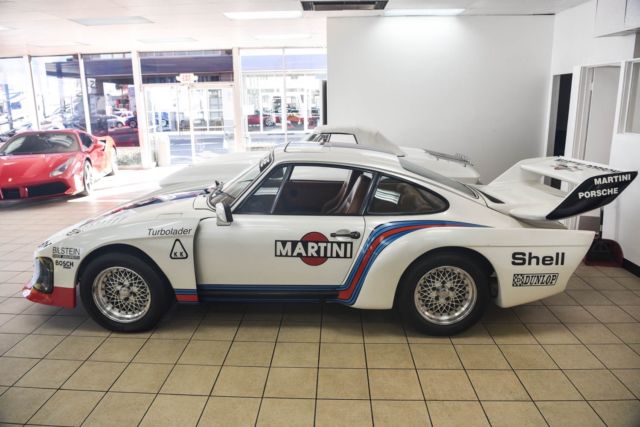




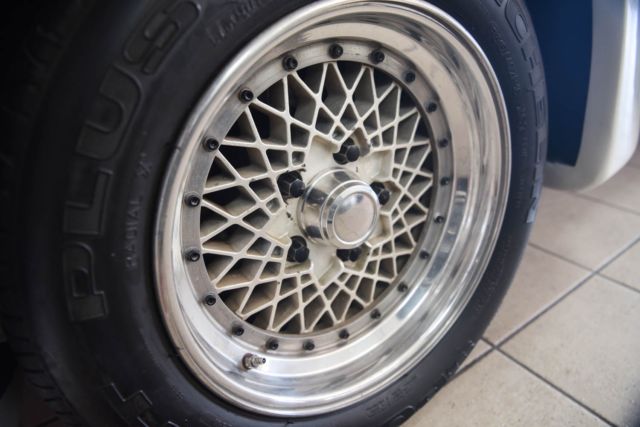




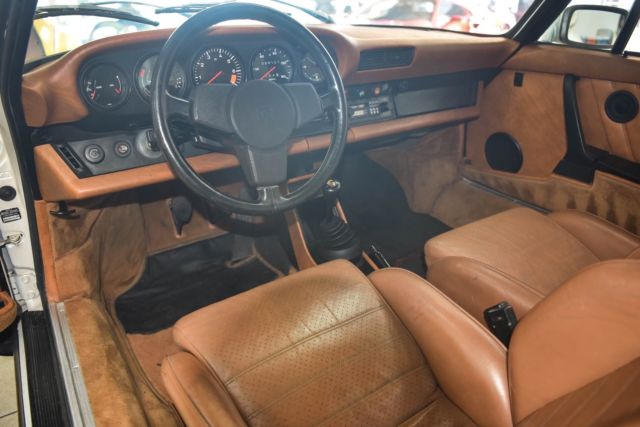
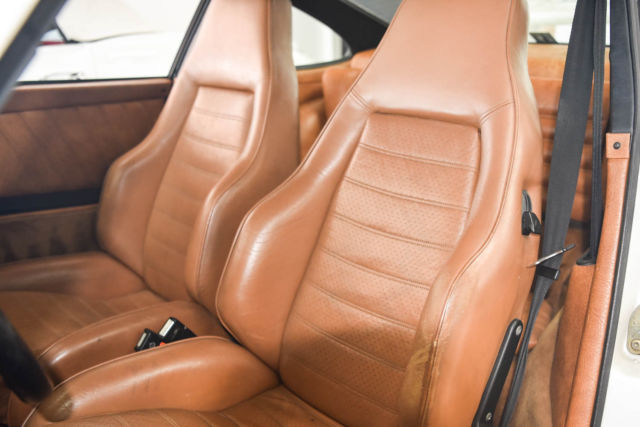
 1974 PORSCHE 911S RACED BY PAUL NEWMAN 12 HOURS OF SEBRING 1977
1974 PORSCHE 911S RACED BY PAUL NEWMAN 12 HOURS OF SEBRING 1977
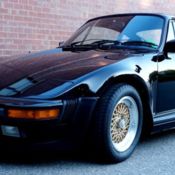 1979 Porsche 930 Turbo with 39,000 Original Miles Slant Nose Conversion
1979 Porsche 930 Turbo with 39,000 Original Miles Slant Nose Conversion
 1979 Porsche 911 SC Coupe - Steel Wide Body Conversion Sunroof Delete 94k miles
1979 Porsche 911 SC Coupe - Steel Wide Body Conversion Sunroof Delete 94k miles
 1957 Porsche 356 Speedster by John Steele Mint
1957 Porsche 356 Speedster by John Steele Mint
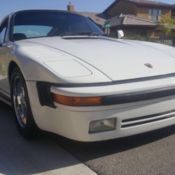 1974 Porsche 911 full metal A grade Slantnose Conversion best conversion build
1974 Porsche 911 full metal A grade Slantnose Conversion best conversion build
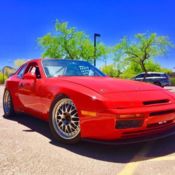 Porsche 944 Turbo Racecar for Christmas!
Porsche 944 Turbo Racecar for Christmas!
 1966 Porsche 912 Coupe Racecar
1966 Porsche 912 Coupe Racecar